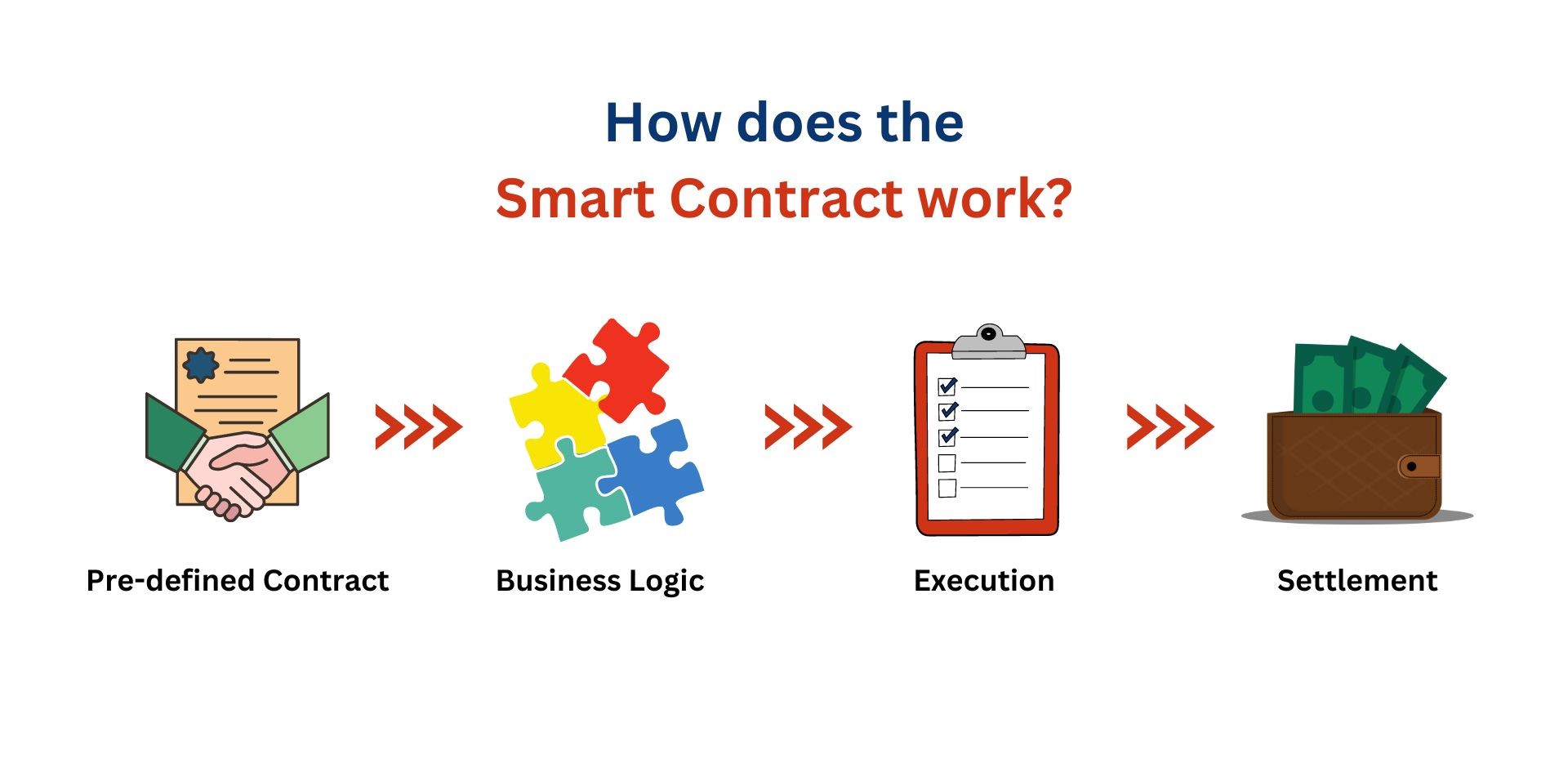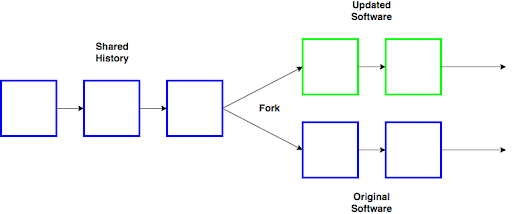Unveiling the Secrets of Refactoring Tips
Understanding the Importance of Refactoring
In the ever-evolving landscape of software development, maintaining clean and efficient code is paramount. Refactoring, the process of restructuring existing code without altering its external behavior, plays a crucial role in achieving this goal. By continuously refining and optimizing code, developers can enhance readability, maintainability, and overall quality.
Essential Strategies for Effective Refactoring
When embarking on a refactoring journey, it’s essential to have a clear strategy in place. Begin by identifying areas of the codebase that could benefit from improvement. This could include eliminating code duplication, improving naming conventions, or simplifying complex logic. Prioritize tasks based on their impact on code quality and potential for optimization.
Maximizing Code Readability
One of the primary goals of refactoring is to enhance code readability. Clear and understandable code is easier to maintain, debug, and extend. Utilize descriptive variable names, break down complex functions into smaller, more manageable pieces, and remove redundant comments or dead code. By making your code more readable, you empower yourself and your team to work more efficiently.
Optimizing for Performance
In addition to improving readability, refactoring can also help optimize code performance. Identify bottlenecks or inefficient algorithms that may be slowing down your application. Consider using more efficient data structures or algorithms, reducing the number of database queries, or implementing caching mechanisms. Even small optimizations can have a significant impact on overall performance.
Maintaining Code Consistency
Consistency is key to maintaining a healthy codebase. Enforce consistent coding styles, naming conventions, and architectural patterns throughout your project. This not only improves readability but also makes it easier for new team members to onboard and contribute effectively. Tools like linters and code formatters can help automate this process and ensure consistency across the board.
Testing and Validation
Before and after refactoring, it’s crucial to thoroughly test your code to ensure that it behaves as expected. Write unit tests to validate individual components and integration tests to verify the interactions between them. Automated testing frameworks can help streamline this process and catch regressions early on. Additionally, consider leveraging code reviews as an opportunity to validate your changes and gather feedback from peers.
Iterative Improvement
Refactoring is not a one-time task but rather an ongoing process that should be integrated into your development workflow. Continuously monitor the health of your codebase and prioritize refactoring tasks alongside feature development and bug fixes. By adopting a mindset of iterative improvement, you can gradually elevate the quality of your code over time and adapt to changing requirements.
Collaboration and Knowledge Sharing
Refactoring is not a solo endeavor—it requires collaboration and communication within your development team. Encourage open dialogue about code quality and best practices, and foster a culture of continuous learning and improvement. Share knowledge and experiences with your colleagues, and leverage resources such as online forums, documentation, and workshops to expand your understanding of refactoring techniques.
Embracing the Challenges
Refactoring is not without its challenges, and it’s essential to approach it with patience and perseverance. Be prepared to encounter resistance from stakeholders who may prioritize short-term deadlines over long-term code quality. Advocate for the benefits of refactoring and demonstrate the tangible improvements it can bring to the project. Remember that refactoring is an investment in the future success of your software and an opportunity to create a more robust and maintainable codebase.
Conclusion
In conclusion, refactoring is a powerful tool for improving code quality, readability, and performance. By following essential strategies, maintaining consistency, and embracing a mindset of continuous improvement, developers can unlock the full potential of refactoring and elevate the overall quality of their software projects. Read more about refactoring tips























